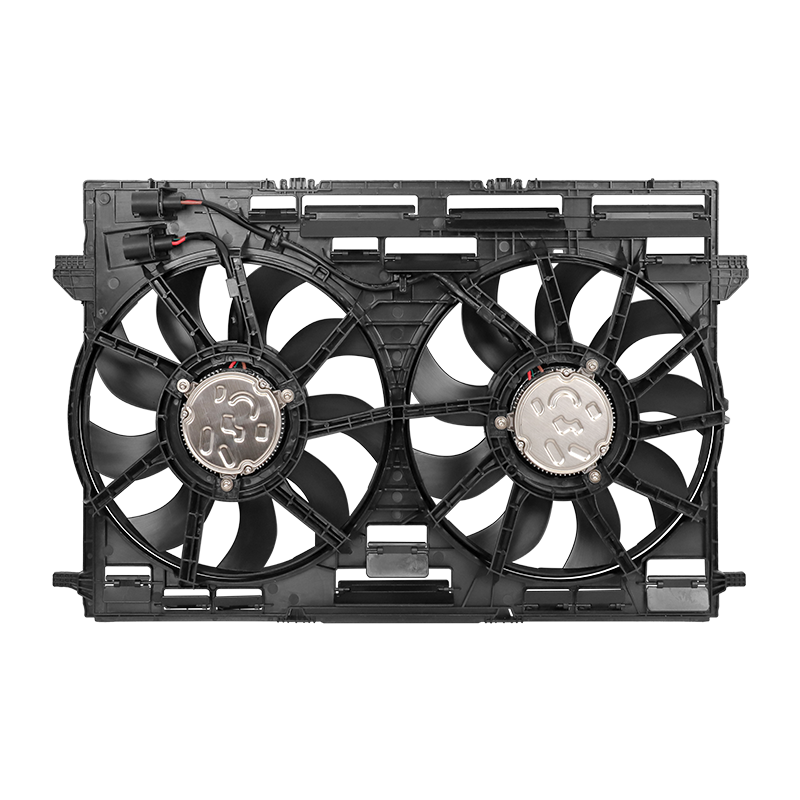2025-08-12
The HVAC auto engine cooling fan is an essential component in modern vehicles, playing a vital role in maintaining optimal engine temperature and ensuring efficient operation of the heating, ventilation, and air conditioning (HVAC) system. Understanding its function helps to appreciate how it contributes to vehicle performance, comfort, and longevity. This article explains the primary functions of the HVAC auto engine cooling fan and its significance in automotive systems.
1. Engine Temperature Regulation
The primary function of the engine cooling fan is to regulate the engine’s temperature by dissipating heat generated during combustion. As the engine runs, it produces a significant amount of heat that must be managed to prevent overheating, which can cause engine damage or failure.
The cooling fan draws air through the radiator, where coolant absorbs engine heat and releases it into the air. By increasing airflow, especially when the vehicle is stationary or moving slowly, the fan enhances heat dissipation, maintaining the engine within its optimal temperature range.
2. Supporting the HVAC System
The HVAC auto engine cooling fan also plays a crucial role in the vehicle’s climate control system. When the air conditioning is turned on, the condenser requires sufficient airflow to cool the refrigerant effectively. The cooling fan helps maintain this airflow by blowing air through the condenser, ensuring the HVAC system operates efficiently.
Without adequate cooling, the air conditioner’s performance can drop, leading to reduced cabin comfort. Therefore, the fan helps balance engine cooling needs with air conditioning demands.
3. Enhancing Fuel Efficiency and Emission Control
By maintaining the engine at the correct temperature, the cooling fan helps improve fuel efficiency. An engine running too hot or too cold can lead to incomplete combustion, increasing fuel consumption and emissions.
Additionally, some vehicles integrate the cooling fan operation with emission control systems. Proper temperature regulation aids catalytic converters and other emission devices to work optimally, reducing harmful exhaust gases.
4. Preventing Engine Overheating at Low Speeds
At low vehicle speeds or idle, natural airflow through the radiator is minimal. The engine cooling fan compensates by actively pulling air to cool the radiator and engine coolant.
This function is especially important in heavy traffic, stop-and-go conditions, or when the vehicle is stationary but the engine is running, such as in hot weather or while using the air conditioning.
5. Automatic Operation Based on Engine Needs
Modern HVAC auto engine cooling fans are controlled by the vehicle’s electronic control unit (ECU). Sensors monitor engine temperature, air conditioning system status, and vehicle speed to determine when to activate the fan.
This automatic control ensures that the fan operates only when necessary, reducing energy consumption and noise, while protecting the engine and HVAC system.
The HVAC auto engine cooling fan is a critical component that maintains engine temperature, supports the air conditioning system, enhances fuel efficiency, and prevents overheating. Its ability to adjust airflow based on engine and HVAC demands ensures the vehicle operates smoothly and comfortably in various driving conditions.
Understanding the function of this fan highlights its importance in vehicle performance and reliability. Proper maintenance and timely repair of the cooling fan can help avoid engine damage and ensure optimal HVAC system operation.
